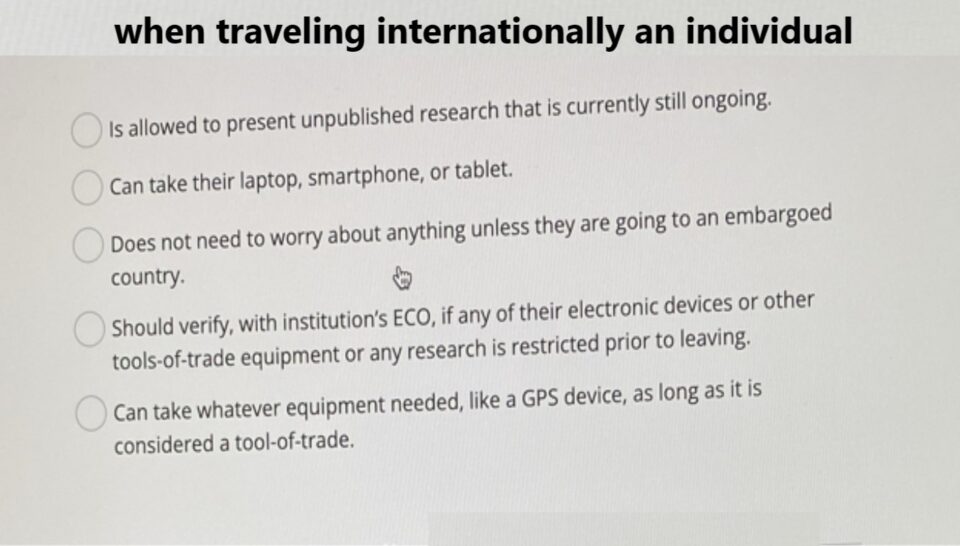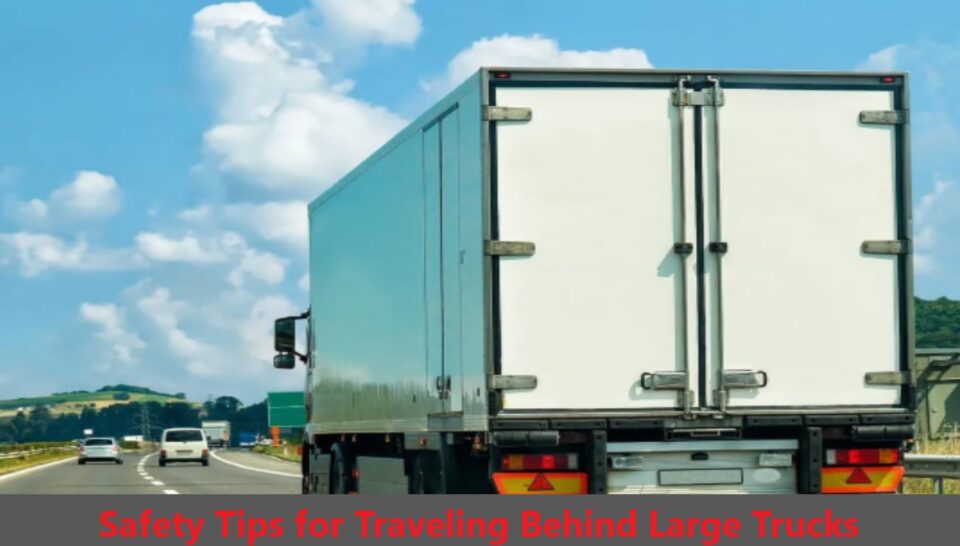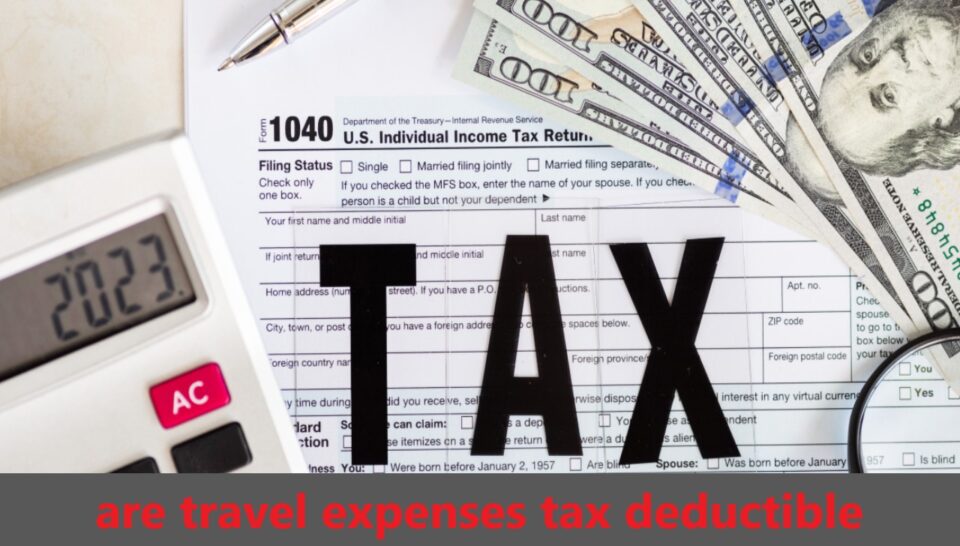Motorcycle safety essential behind motorcycle. Motorcycles, on the other hand, are smaller, less protected and need extra attention on the road compared to cars. From safe following distance to the right way to share the road, here’s everything you need to know to be safe driving behind a motorcycle.
1. Keep a Safe Following Distance
Three or four seconds: What distance should you leave behind the motorcycle when traveling? This space provides the necessary time to react in the event that the motorcyclist suddenly stops or swerves around road hazards. In bad weather, extend this distance for slick roads and decreased visibility.
2. Double-Check Blind Spots
Motorcycles are less visible on the road, and may be masked in blind spots. When changing lanes or merging, check your mirrors and look over your shoulder to ensure no motorcycle is in your blind spot.
3. Factor in Weather Conditions
Weather plays a large role in a motorcyclist’s stability. Rain, wind, or icy conditions can create slippery roads and extend the stopping distance. Be especially careful and even give more room behind motorcycles in those situations.
4. Pass Safely and Respectfully
When overtaking a motorcycle:
- Signal your intent.
- Be sure the passing lane is clear.
- When passing, do so safely by switching lanes entirely instead of sharing a lane.
If you’ve passed a motorcycle, don’t back into the lane until you can see it in your rear view mirror.
5. Respect Lane Usage
Motorcycles have a legal right to the whole width of their lane. Do not ever try to share a lane with a biker. Crowding a motorcyclist is dangerous, illegal in many jurisdictions, and not recommended.
6. Be Cautious at Intersections
Motorcycles are common accident sites at intersection. Final-yield to motorcycles and watch out for oncoming motorcycles when turning left or approaching an intersection.
7. Appropriate Response to Tailgating
If there is a motorcycle tailgating you:
- Slow down gradually leaving as much space as possible in front of you.
- Refrain from making abrupt stops that might cause a rear-end collision.
8. Adapt in High-Traffic Areas
Motorcycles can move between lanes of slow traffic or ride near the edge of the road, they add. Give them plenty of room, and make lane changes gradual, not sudden.
9. Consider Road Hazards
Motorcycles are more vulnerable to road hazards like potholes, debris, or uneven surfaces. However, if you see any of these obstacles ahead, anticipating the motorcycle to adjust position or speed accordingly is key so that you respond to it.
10. Share the Road Responsibly
Read more: Road safety is a shared responsibility Never hesitate to show motorcyclists and all other road users respect by obeying traffic laws and being aware, as well as showing patience.
Conclusion
This means a good amount of care, awareness, and respect for the challenges that motorcyclists face when riding. Implementing these suggestions can help create a safer environment for all road users. Just a reminder that following traffic laws and driving defensively save you, and other people, too. Be aware, be careful, and prioritize your safety.






